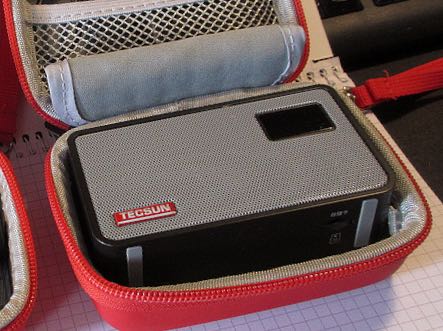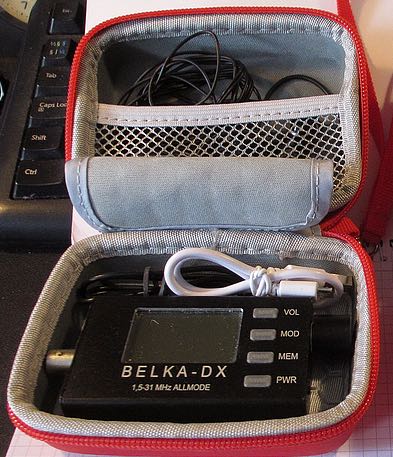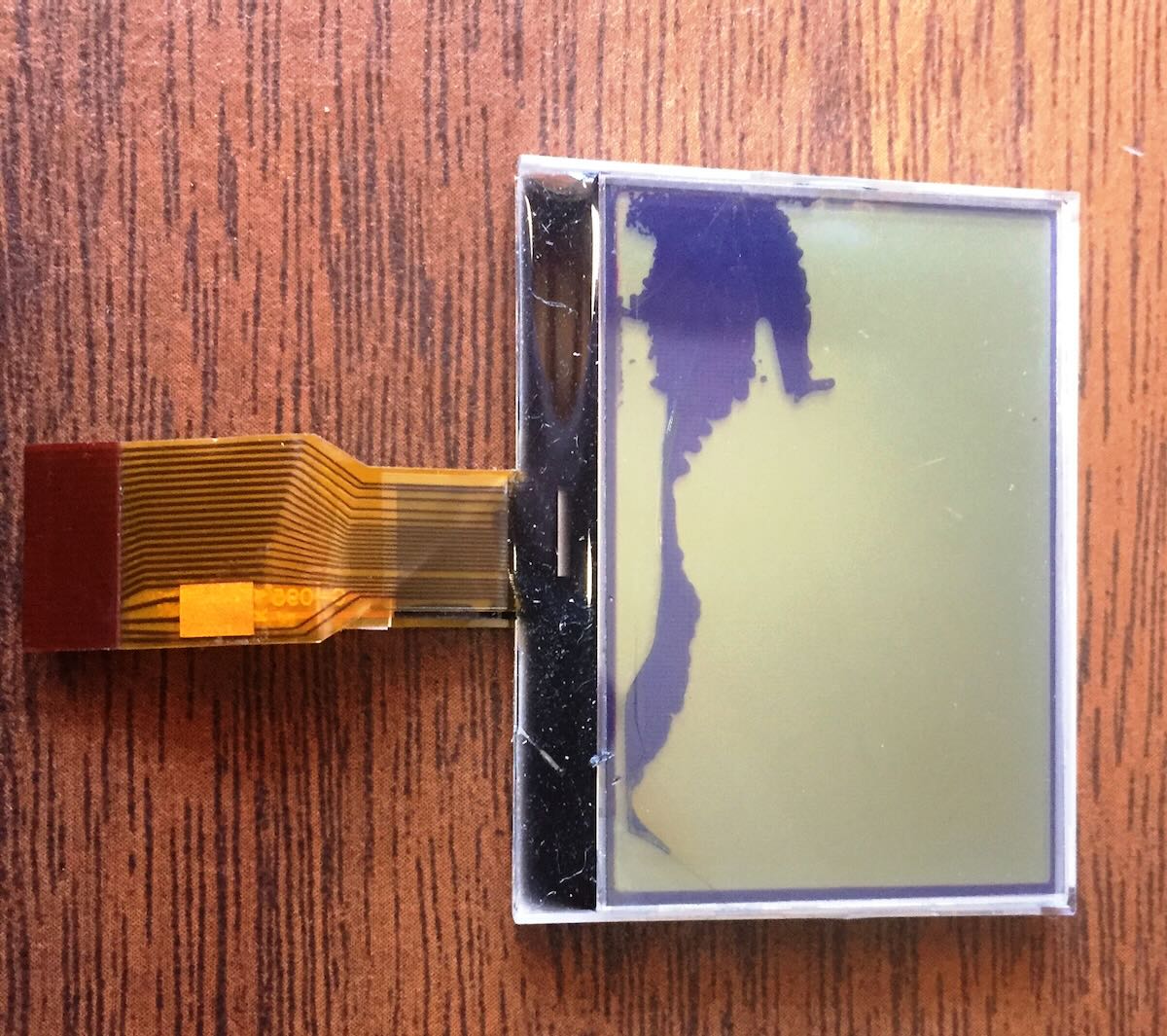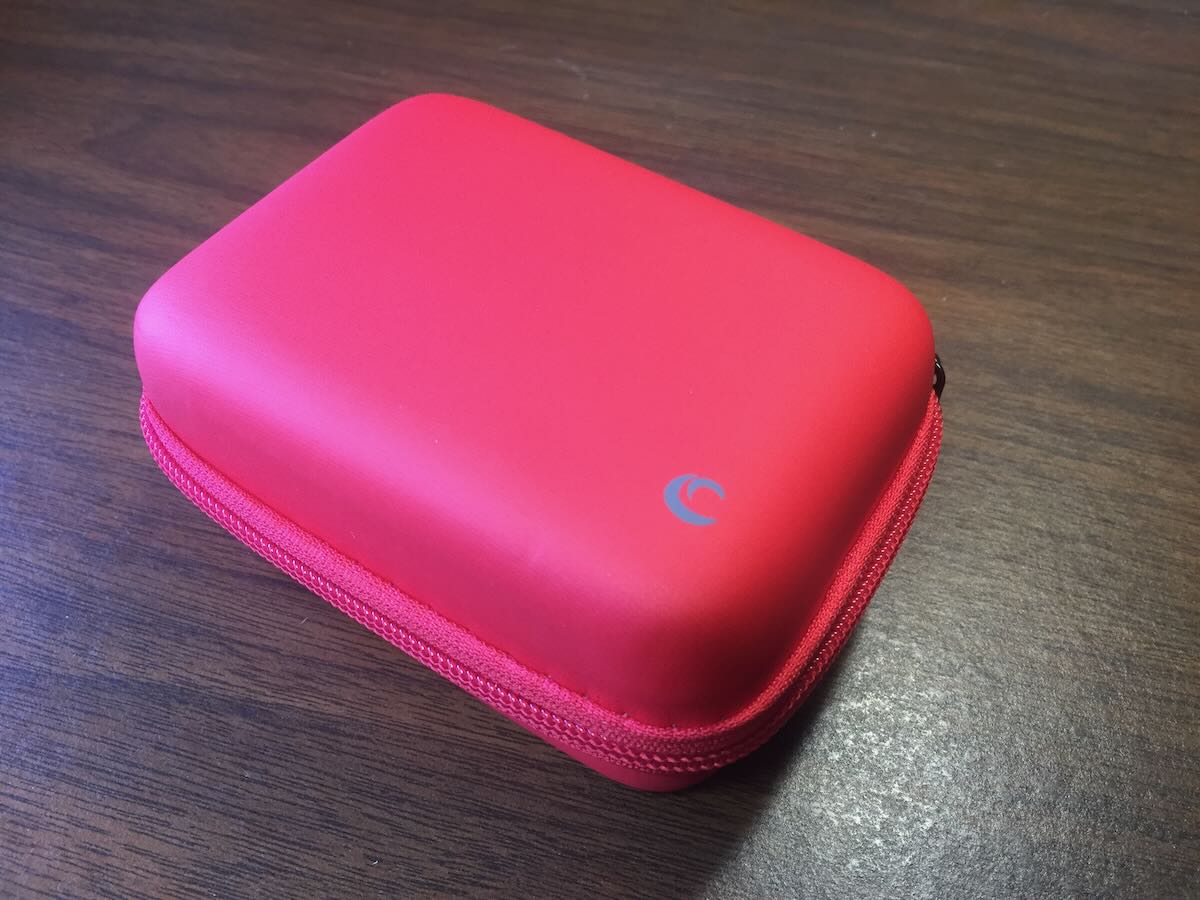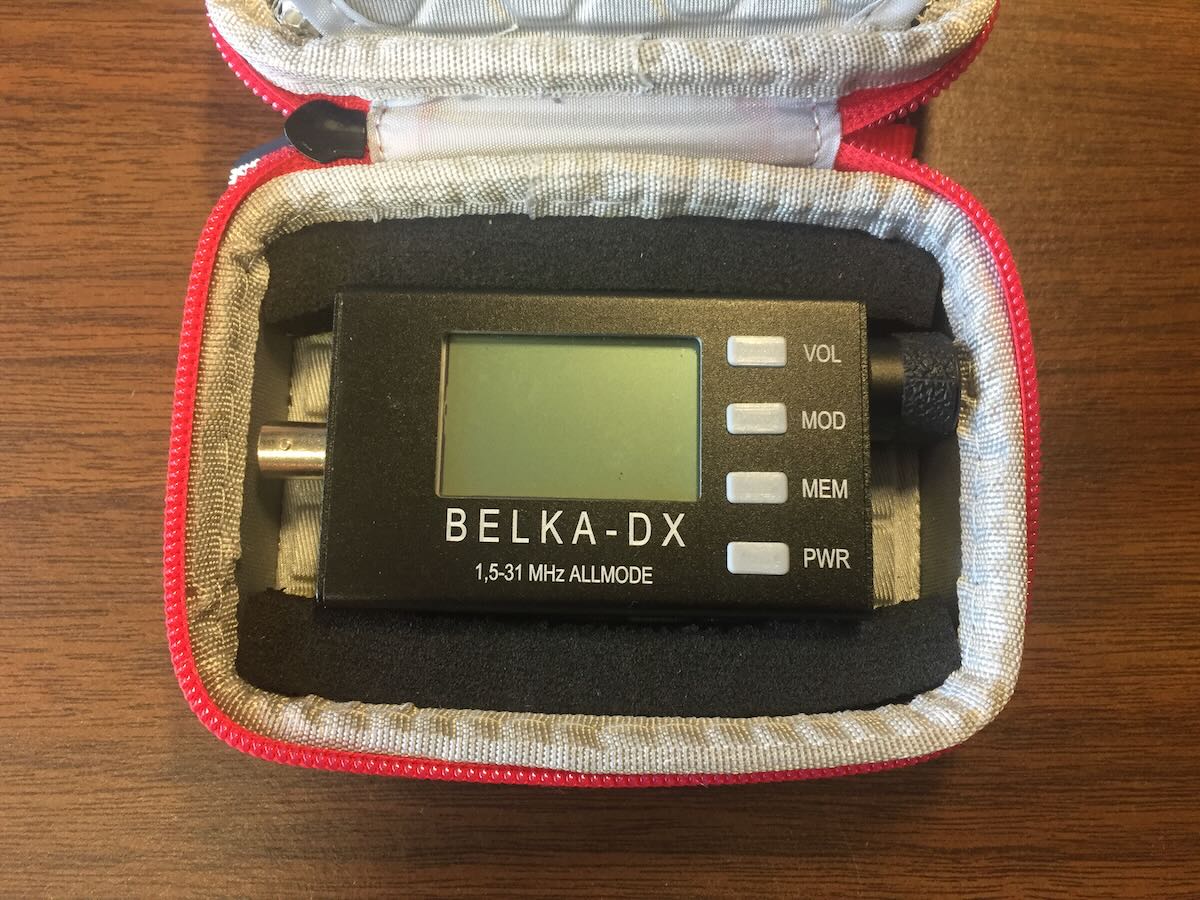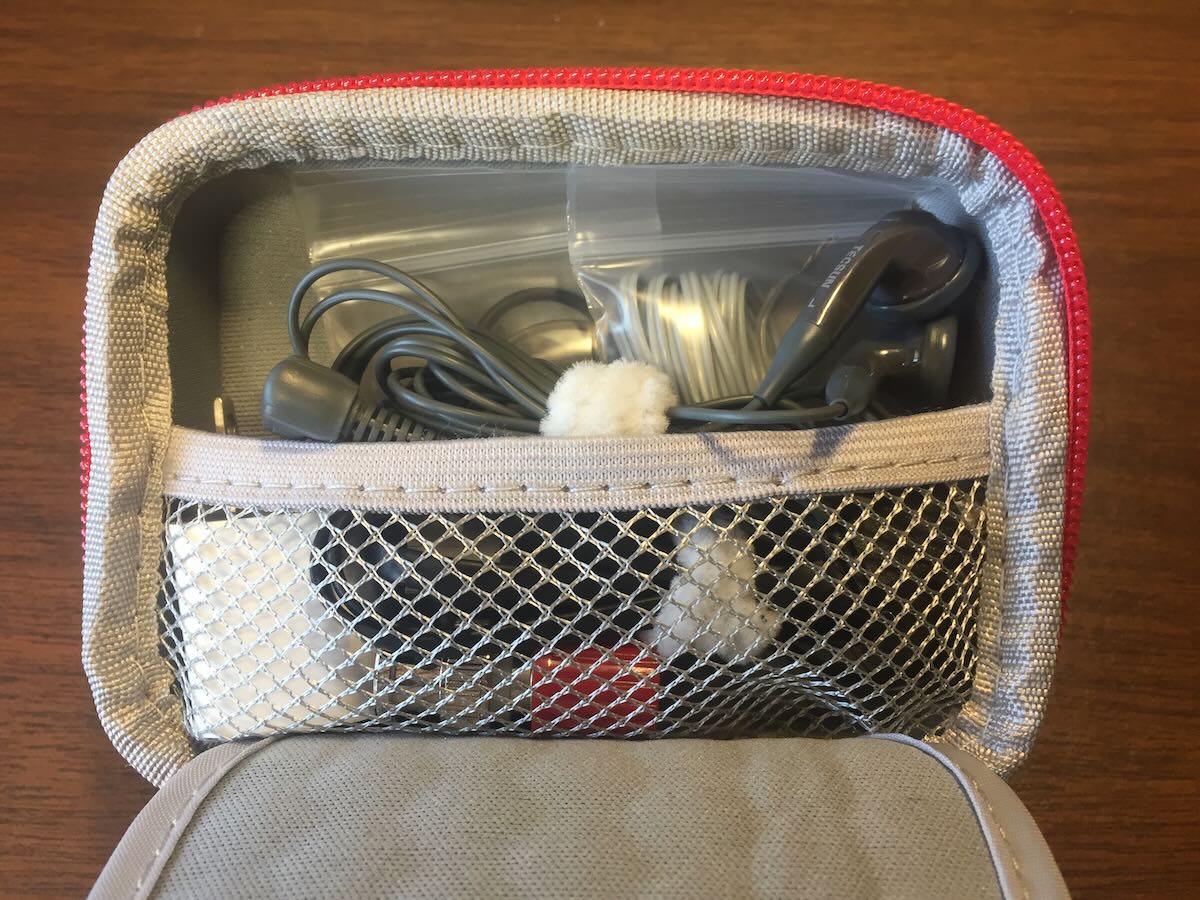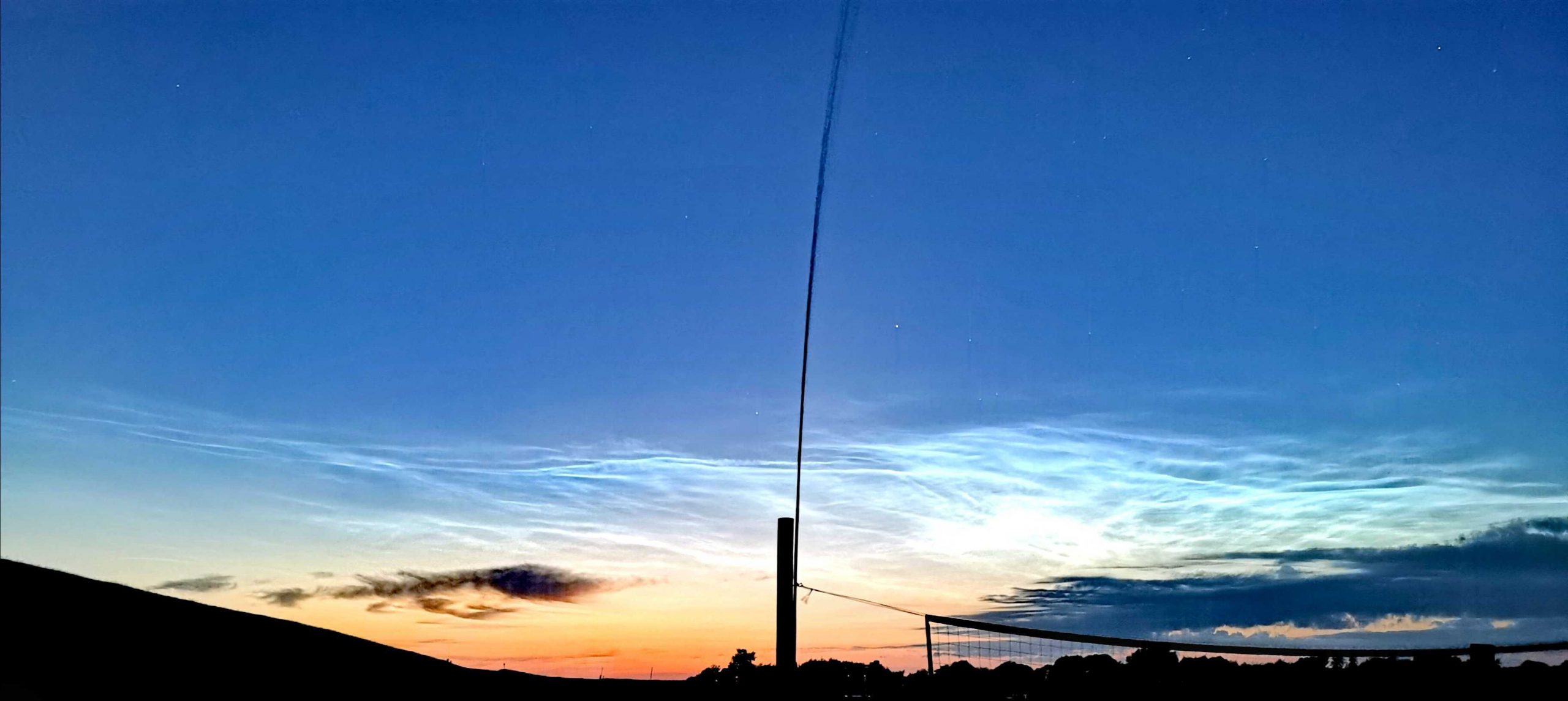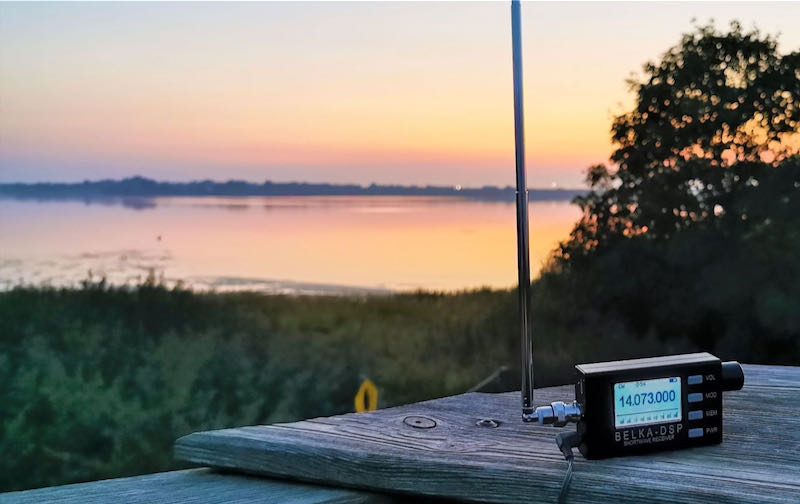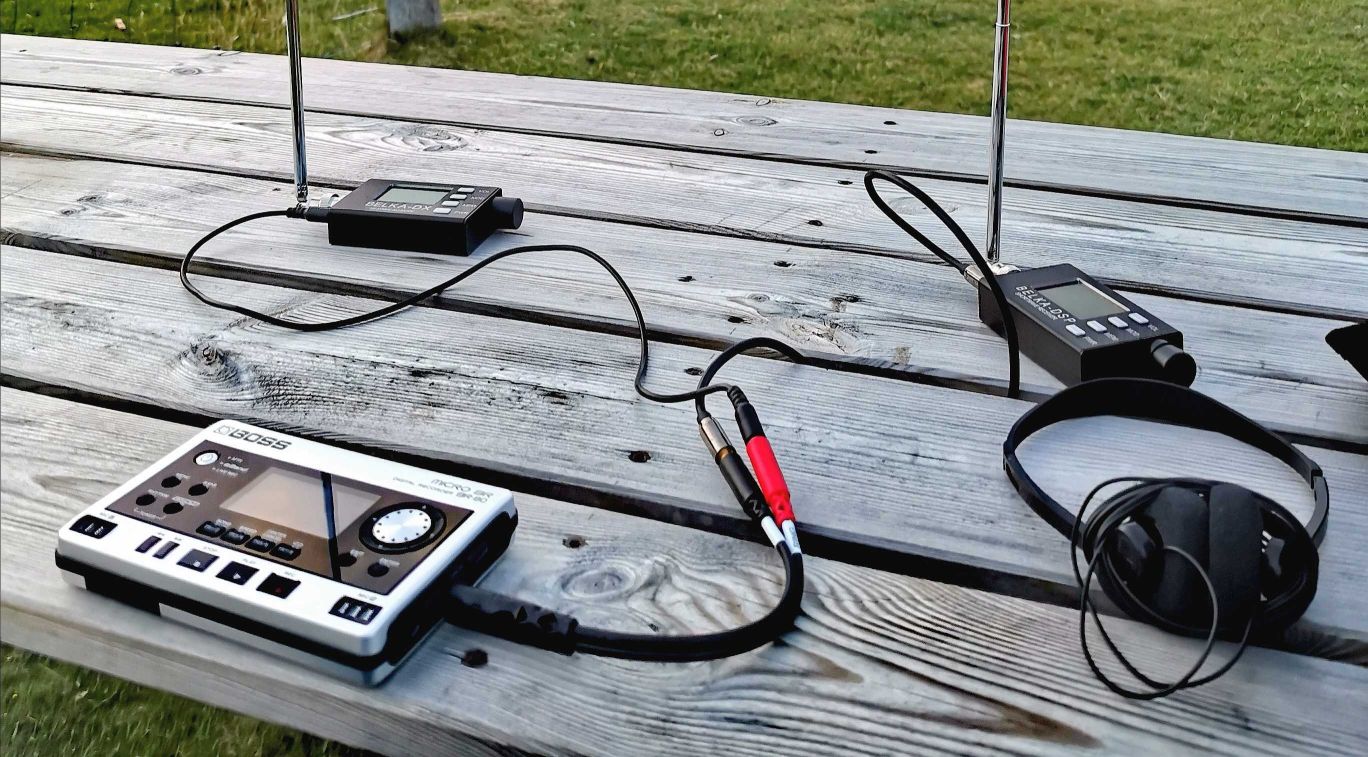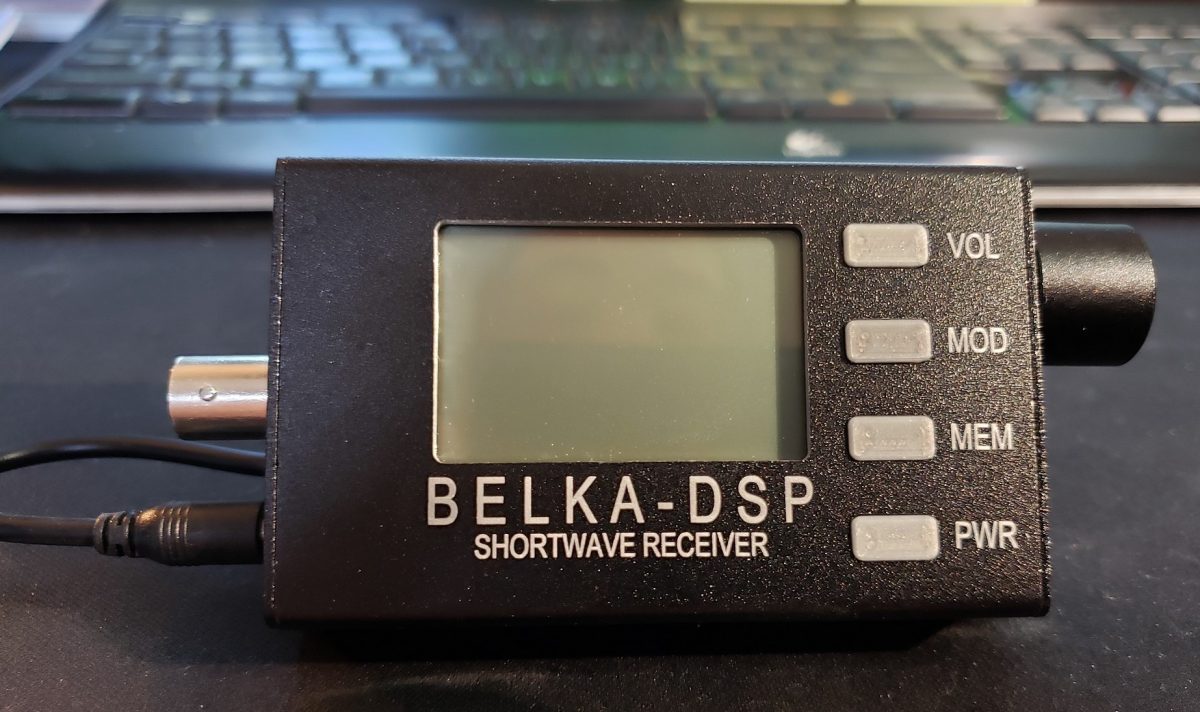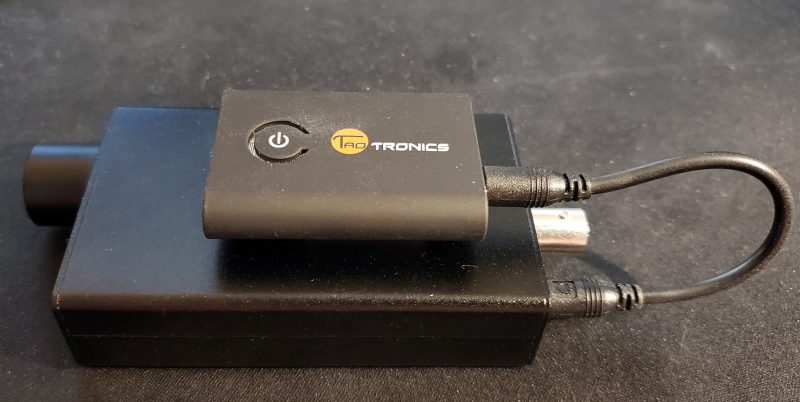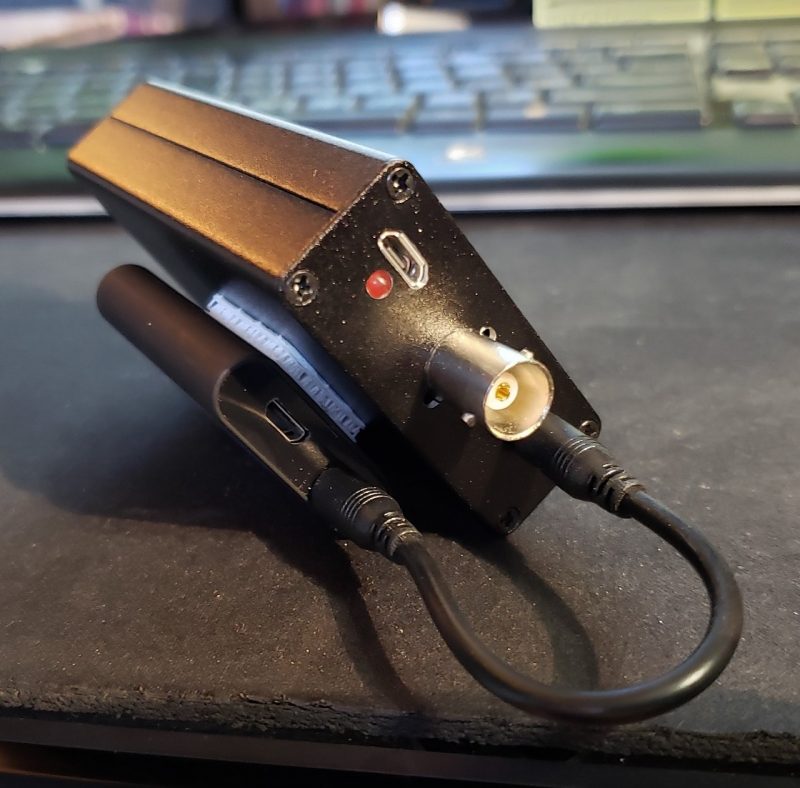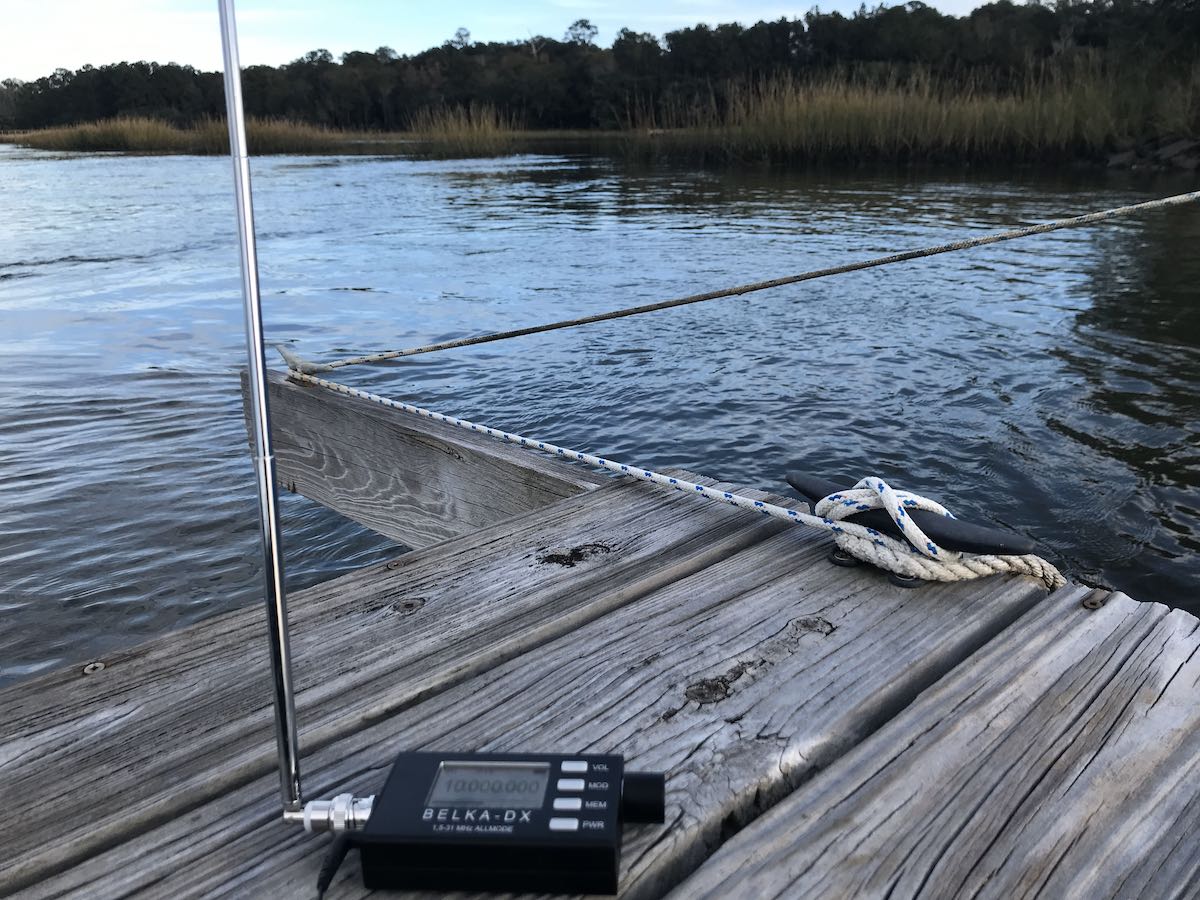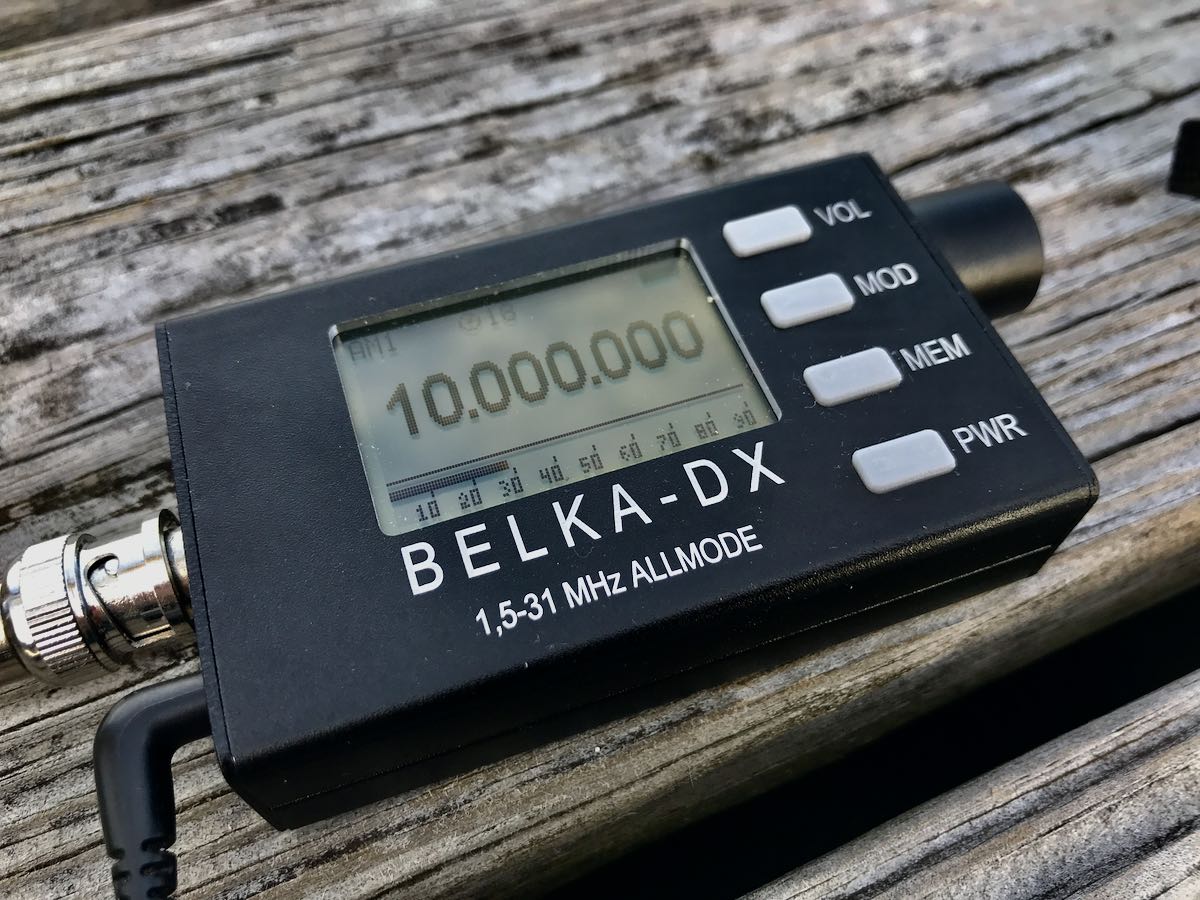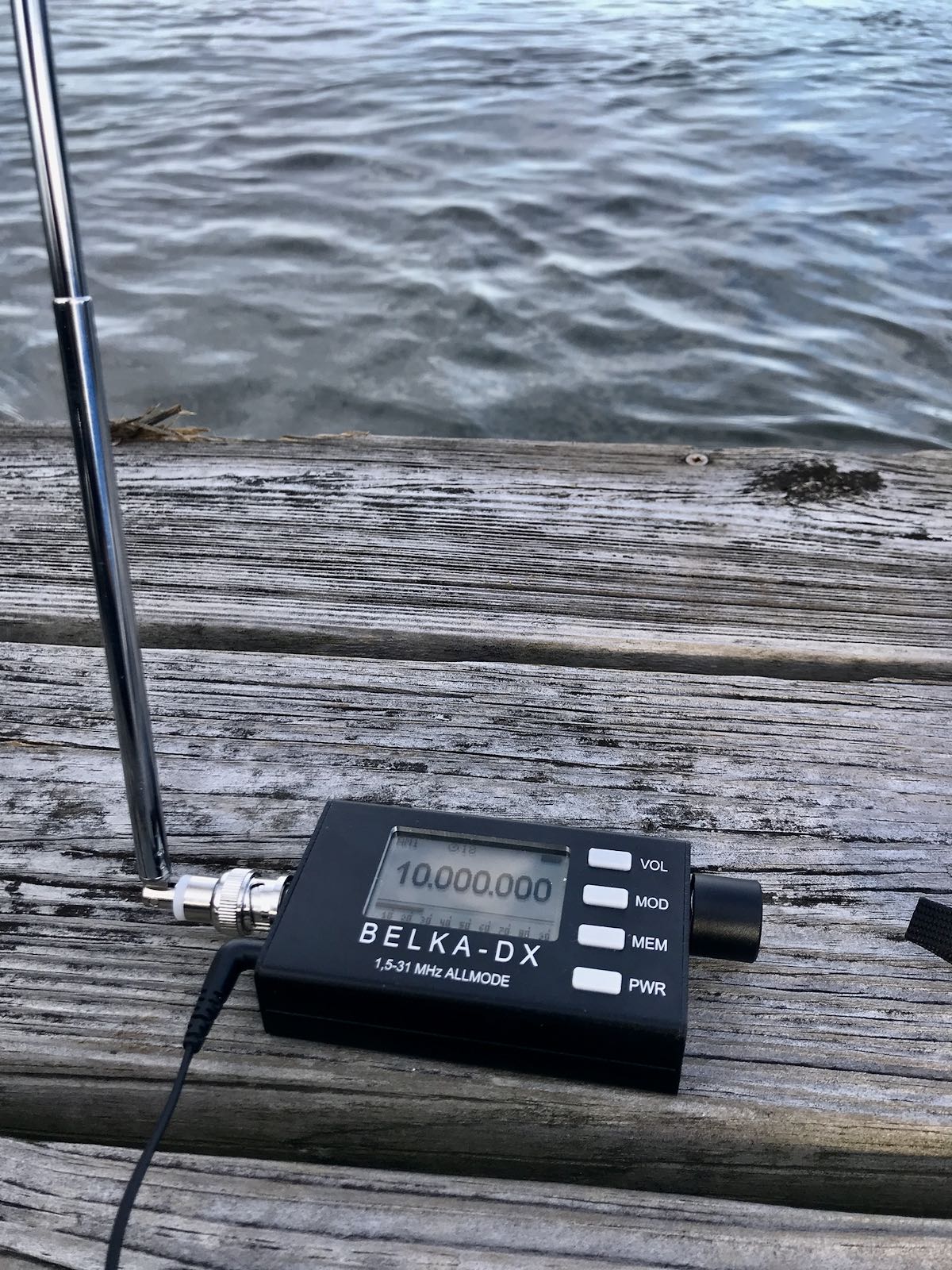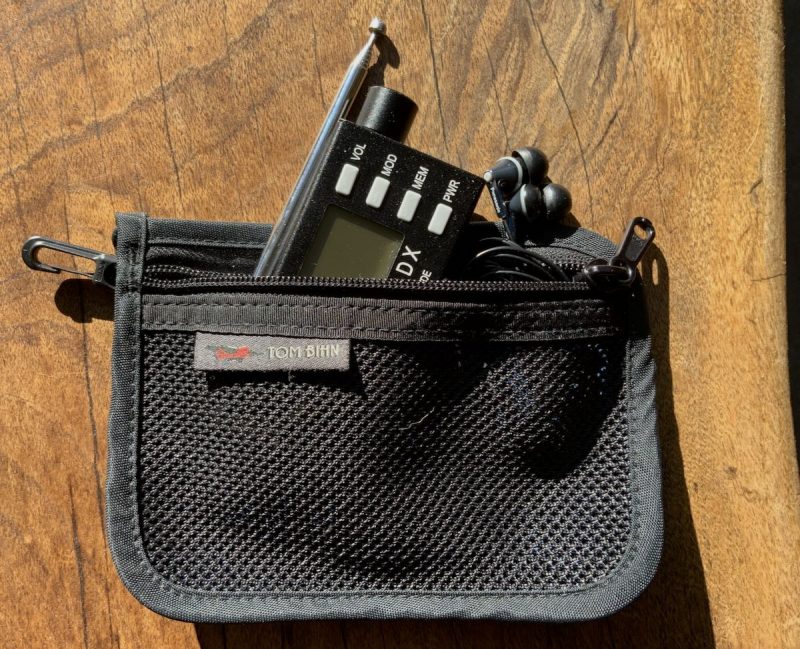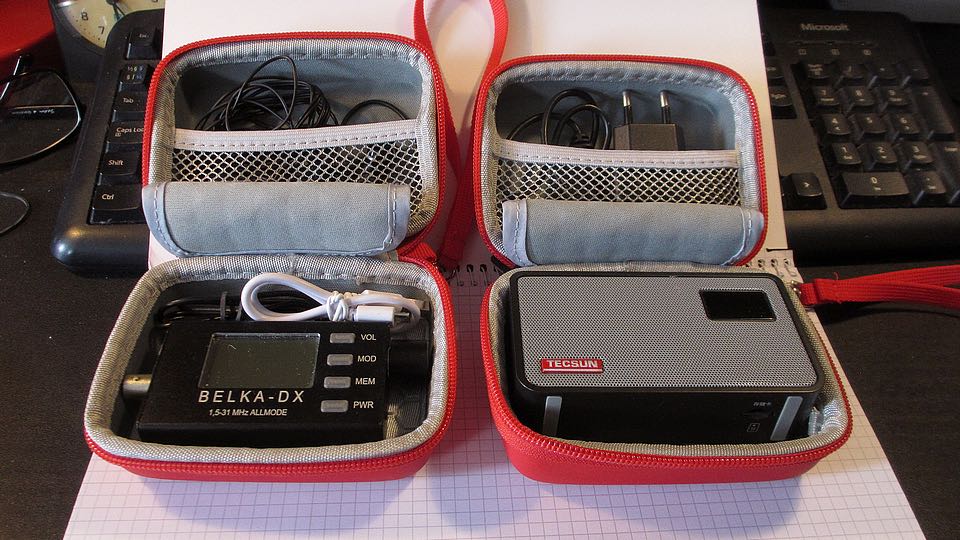 Many thanks to SWLing Post contributor, Egil (LA2PJ), who writes:
Many thanks to SWLing Post contributor, Egil (LA2PJ), who writes:
Hi Thomas,
In the middle of march, Steve Allen (KZ4TN) posted this article showing a case for the BELKA-DX.
I found his idea so good that I ordered two of the small boxes, using the Amazon link given in his article.
The boxes arrived here in Norway just twelve days after ordering, and was delivered to my door by a local transporter.
Never before have I experienced that kind of service on any purchase via Amazon!
While packing the BELKA-DX in one of the boxes, I discovered that my Tecsun ICR-100 speaker/audio recorder fit snugly in the other box. The two boxes also contains a six meters long wire antenna, charging cables for both units, earphones, and even an USB charger, just in case I get the opportunity to recharge the batteries.
The attached pictures show my new setup. Two items are not shown in that picture: a wire antenna plus a 20Ah powerbank from Anderson. We are going to an off grid cabin for the Easter holidays, and hope that when leaving home with everything fully charged, the powerbank will keep this setup plus my smartphone happy for a whole week.
73s Egil – LA2PJ
Thank you so much for sharing this, Egil! It’s absolutely amazing that the shipping service to Norway was so efficient.
I think you’ll have no problem at all enjoying hours upon hours of DXing with the Belka-DX in your off-grid cabin. No doubt you’ll be escaping the RFI and enjoying much lower noise floors while on vacation–this will give you an opportunity to truly take advantage of the Belka-DX receiver. You’ll have to report back with your experience and photos (hint, hint!).

